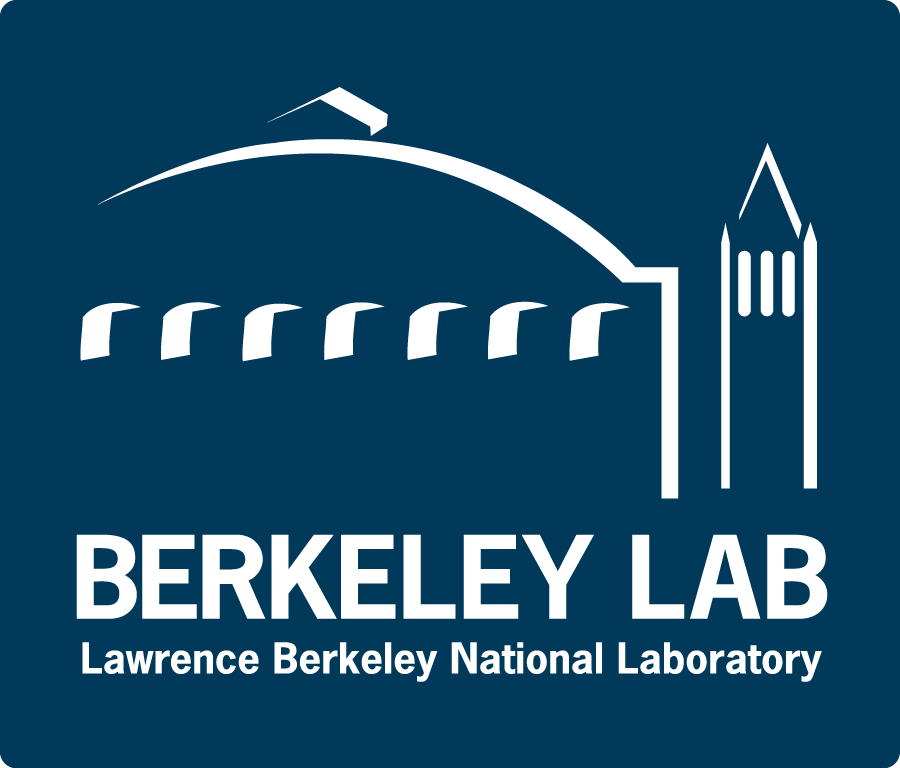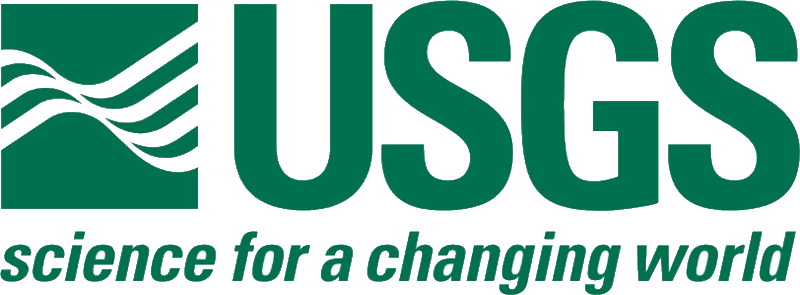USGS Low-Frequency Geophysical Data
Station Information | Data access | Caveats
From 1975 to February 2013, the USGS and its collaborators collected an extensive set of fault monitoring data. The dataset consists of 9 different experiment types and contains over 1300 channels of strain, creep, magnetic field, tilt, well water level, differential lake level, electric field, pore pressure and associated environmental measurements such as rainfall, barometric pressure, wind speed, snow depth and crustal temperature at various depths. These data are often called "low-frequency data" because the typical sample rate of once every 10 minutes is low in comparison to typical seismic sample rates. The largest volume of data come from sites located near the San Andreas fault system in California, but the dataset also includes sites in Oregon, Alaska and the South Pacific. We are actively loading these data onto the NCEDC, and are working with the USGS to assemble the requisite information for instrument responses.
In addition to archiving the "raw" data, the USGS is providing a cleaned version of the USGS data at its web site.
- Network Code
-
UL
- Experiments
-
Experiment Primary data channels Auxiliary data channels Creep creep(1-n channels) rainfall, temp, voltages Magnetometer magnetic field (1-3 channels) temp, voltages Tensor strain strain (3 channels) pore pressure, rainfall, voltages Volumetric strain dilatation strain pore pressure, barometric pressure, temp, voltages, water level Wire strain strain (3 channels) temp, voltages Tilt tilt (2 channels) temp, rainfall, voltage Lake level tilt water tilt level barometric pressure, temp, voltages, wind speed, wind direction Long baseline tilt interferometer tilt temp, voltages Well water water levels gravity, barometric pressure, rainfall, temp, voltages Electric potential electric potential - Typical Recorded Channels
-
These documents describe how the SEED convention for channel naming is
being applied to the UL network and show the mapping of the USGS channel
names to the SEED channel names.
- SEED channel naming conventions for the UL network
- SEED channel assignments for the UL network data channels
- Station and Channel Information
-
- Map of the UL experiment sites
- UL Information Directory, including
- List of station locations
- List of available channels
- Instrument Response
- Data Access
-
Waveform data from the UL network are available in SEED format.
Several tools provide access to SEED format data at the
NCEDC, both in terms of querying the archives and
allowing data requests.
- Querying the archives
- Access data through NCEDC web services
Help on using these tools is available.
Several tools provide access to SEED format data at the NCEDC, both in terms of querying the archives and allowing data requests.- Querying the archives
- Access data through NCEDC web services
Help on using these tools is available.
A cleaned version of the data is available from the USGS.
First-time users:
- Use the SeismiQuery program to check on the availability of UL digital waveform data.
- Use the NetDC Data Request Form to request digital waveforms from the NCEDC in SEED format or to check the availability of the UL digital waveforms.
- Use the RDSEED program to read the resulting SEED files.
- Caveats
-
The
timing accuracy of the UL data
is limited by characteristics of the data acquisition system system.
Please read the description of the data timing carefully before
you use the data.
Some of the UL waveforms have been archived, but their instrument responses are not yet complete. These waveforms will show up on waveform queries, but the data will not be available in SEED format until the instrument responses are complete. The list UL SEED channel names, locations, and operational times (year/month/day format) reflects the channels for which we have complete responses.





